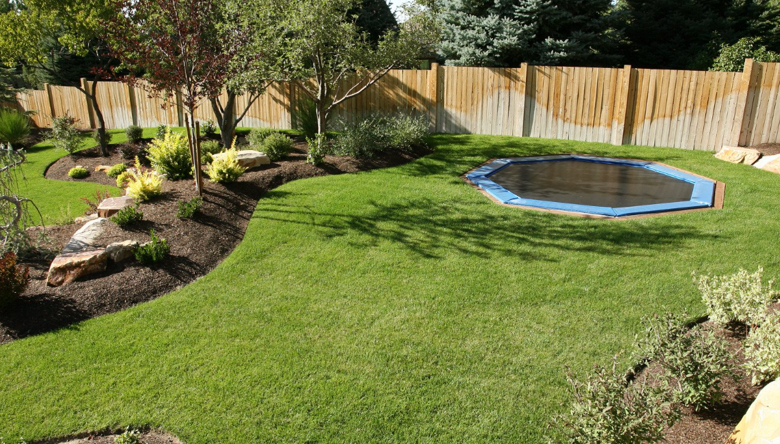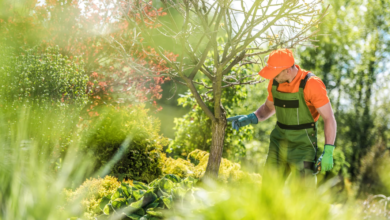The Fundamentals of Effective Landscape Planning

Creating a beautiful landscape doesn’t have to mean using excessive amounts of water. With thoughtful planning and smart choices, outdoor spaces can thrive while conserving valuable resources in areas where rainfall may be unpredictable or conservation is a priority for professionals offering services for landscaping in Cumming that focus on techniques that enhance curb appeal without over-reliance on irrigation. Water-efficient landscaping combines strategic plant selection, soil enhancement, and design practices that ensure every drop is put to good use.
Smart Plant Selection for Sustainability
One of the most effective ways to save water in your yard is by choosing plants suited to your climate and soil. Drought-tolerant perennials, shrubs, and ornamental grasses require less frequent watering once established. These species tend to have deep root systems, which help retain soil moisture and reduce evaporation.
Shade trees are also essential components of efficient landscapes. They cool the ground, protect nearby plants, and minimize water loss. Experts often recommend the best trees for your front yard based on factors like canopy spread, growth rate, and adaptability to local conditions. Selecting the right trees early in your design process improves both functionality and long-term water savings.
See also: Integrating Smart Home Technology in Modern Custom Builds
Layout and Irrigation That Support Conservation
Beyond plant selection, layout and irrigation methods play a major role in reducing water usage. One effective strategy is grouping plants with similar water needs into zones—known as hydro zoning—which allows for more targeted and efficient watering.
Mulch is another powerful tool. Applied around trees and plant beds, mulch helps regulate soil temperature, slow down evaporation, and block weed growth that would otherwise compete for water. Incorporating efficient irrigation systems like drip lines or soaker hoses ensures water reaches the root zone directly, where it’s most beneficial. These systems can be programmed with timers or sensors to adjust watering schedules based on weather and soil moisture.
Soil Preparation and Drainage Techniques
Healthy, well-aerated soil absorbs and retains water more effectively. Amending your soil with compost or other organic materials improves its structure, allowing it to hold moisture and nutrients longer. Proper grading is equally important, directing rainwater toward areas where it can soak into the ground rather than running off.
For properties with drainage concerns, solutions like rain gardens or permeable pavers can be integrated to slow and filter runoff. These features work well in conjunction with plantings and contribute to a more self-sustaining yard.
Long-Term Environmental and Cost Benefits
A well-designed water-efficient landscape doesn’t just lower water bills. It also contributes to a healthier ecosystem by reducing the strain on local water supplies. Over time, native and drought-tolerant plants become more self-reliant, requiring less maintenance, fewer chemical treatments, and minimal intervention.
These landscapes also offer greater resilience during dry spells or seasonal restrictions, keeping your yard looking fresh and vibrant without compromising sustainability.
Conclusion
Water-efficient landscaping is a smart, forward-thinking approach to outdoor design. By focusing on climate-appropriate plantings, improved soil conditions, and efficient watering systems, homeowners can enjoy a thriving, attractive yard that supports long-term environmental responsibility. With careful planning and professional insight, it’s possible to conserve water while still creating a landscape that feels full, lush, and inviting.





